«Here in Loulé there isn't, nor has there ever been a castle. Castle is something else. There are walls here!», began by explaining Isabel Luzia, archeologist from the Câmara de Loulé, who last night guided a walk in the moonlight, to discover the historic center of the city.
The route, proposed by the Loulé Municipal Museum, as part of the European Heritage Days and the commemorations of the World Tourism Day, was part of the cycle of archaeological cultural walks, under the motto “Património ao Luar”.
For more than three and a half hours, a group of three dozen people, mostly Portuguese, but also with some foreigners in the mix, went to see where the Islamic walls of Loulé are, as well as its towers, some almost unknown and little. visible, because they stand today in private backyards in the heart of the historic centre.
In one of the places, in the middle of the avenue and almost beside the Café Calcinha, the archaeologist drew attention to the symmetry and strange proportions of three buildings, in her opinion, built where one of the entrance doors in the medina of Loulé once existed, flanked by two strong towers, similar to what is still seen today in Arco do Repouso, in Faro.
At the Convento fence, eyes turned to the remains of two underground silos discovered years ago during works on the site, and to the wall, which goes almost unnoticed. And there was talk of the water in which the Loulé subsoil is rich, causing problems in buildings, until today.
Next to the Municipal Market, they spoke about the history of this place and what existed there, before, in the beginning of the XNUMXth century, the current building was built.
Next to the Main Church of Loulé, Isabel Luzia drew attention to the church tower, which was, in all probability, the minaret of the mosque that existed there before the Christian reconquest. But he also spoke of the hundreds and hundreds of people who, until the XNUMXth century, were buried in the vast yard around the church. He took the opportunity to highlight the differences in the burial rituals of Muslims and Christians, so visible whenever archaeological excavations uncover an ancient cemetery of these two religions and eras.
The archaeologist also showed the churches dedicated to Mary that King João IV, a great devotee of the Mother of Jesus, had built at the entrance to the main cities of the kingdom of Portugal…and the Algarve. In Loulé, there are two such churches, one of Nossa Senhora do Pilar, next to a door facing south, the other of Nossa Senhora da Conceição, near the old town hall.
And it was here that, a few years ago, the City Council of Loulé carried out conservation and restoration works on this small but beautiful temple, it was discovered, underground, what remains of one of the main entrances to the Islamic walls of Loulé. Protected by thick glass, there are, for all visitors to see, the threshold of this door, as well as the solid cubes where the hinges of the doors rotated.
In Islamic baths, the hamman so well preserved that it is a unique archaeological piece in Portugal, Isabel Luzia showed the delicacy of some pieces found in the excavations, such as the remains of small colored glass bottles, where the Moors kept their perfumes and oils, or the hairpins, lost by the hundreds, by the women of 800 years ago.
Back at the Museum of Loulé, after a short tour in space (the walls of Loulé have a perimeter of only 1 kilometer), but long in time (the tour ended at 1 am), there was still the opportunity to appreciate some beautiful pieces of ceramics, Islamic, which have been discovered over the years of archaeological work in the historic center of Loulé. And to compare, with copper pieces and blankets, as certain techniques and patterns of decoration, which were brought to us by the Moors, have lasted until our time.
In between, and even because this night walk has everything to do with it, Isabel Luzia urged the participants to visit, at the National Archeology Museum, in Lisbon, the exhibition “LOULÉ. Territories, Memories, Identities". It is there that it is possible to take a trip through seven thousand years of the county's history and there is the unique opportunity to see some pieces of great value, discovered by archaeologists in the streets and buildings where this tour took place yesterday.
When this exhibition ends, many of the pieces will return to the Museu de Loulé. But there won't be space to show them all, properly musealized, as now happens in Lisbon.
Photos: Elisabete Rodrigues | Sul Informação
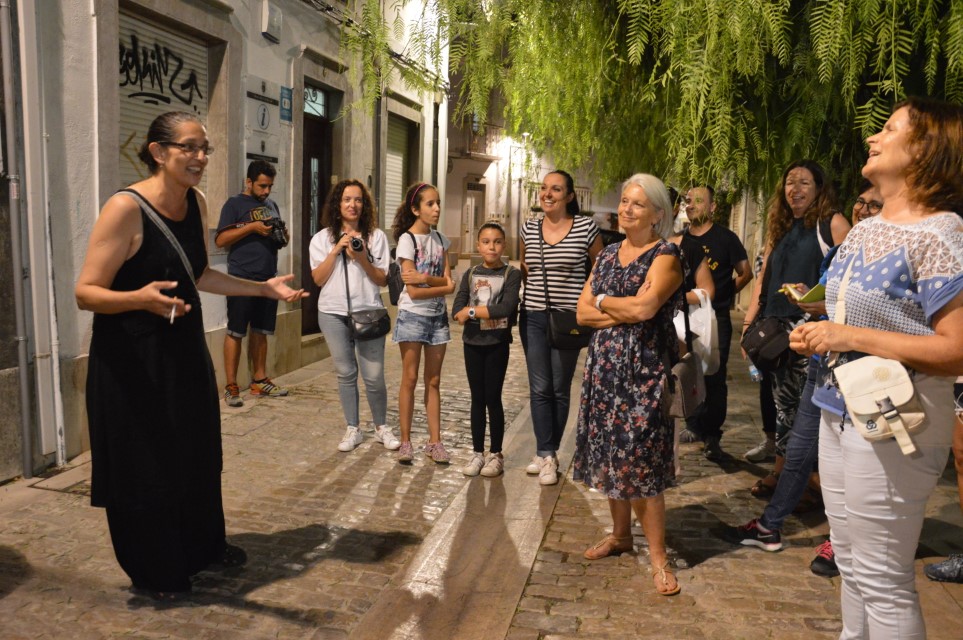
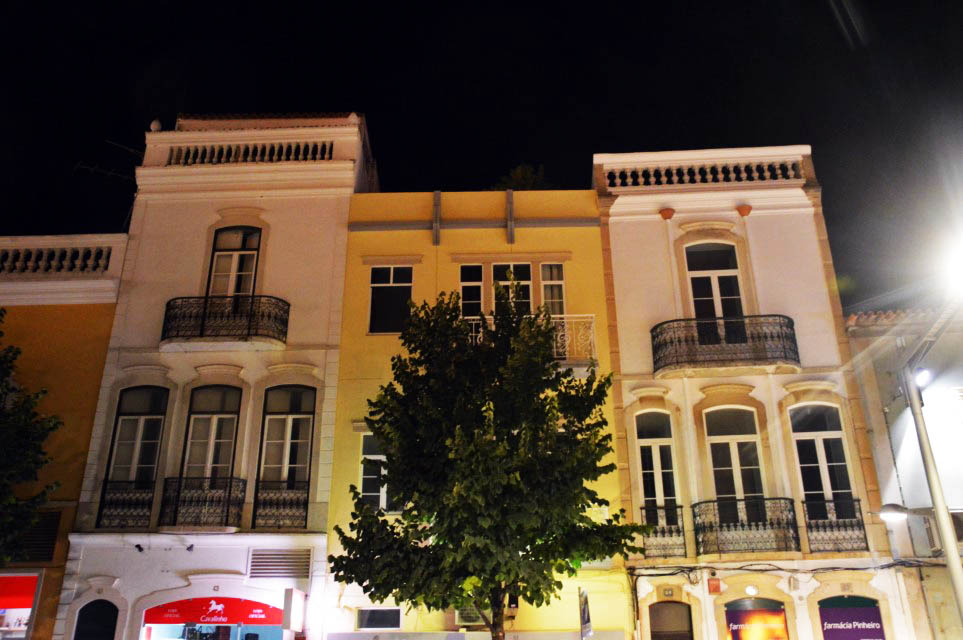
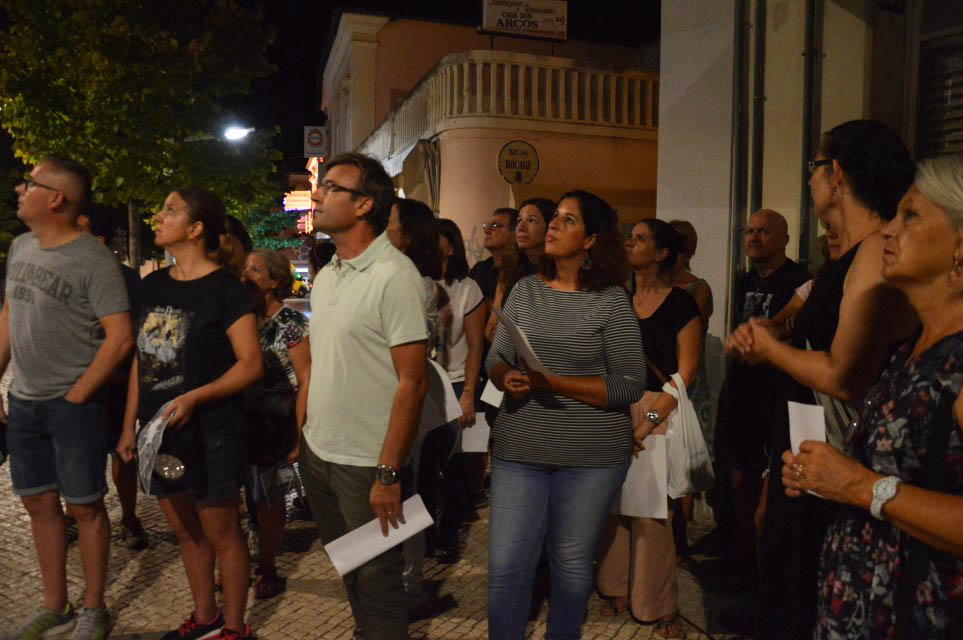
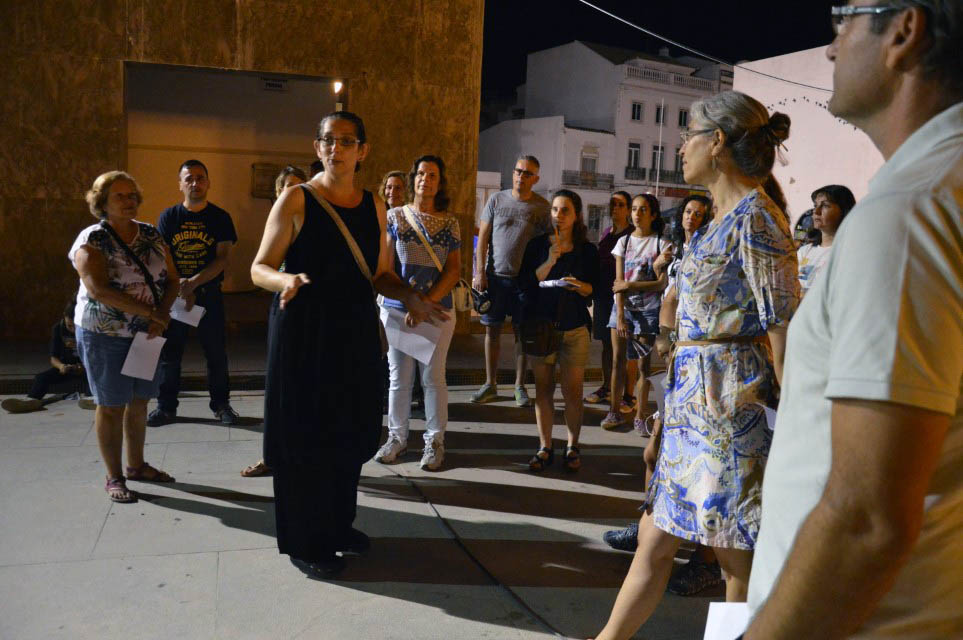
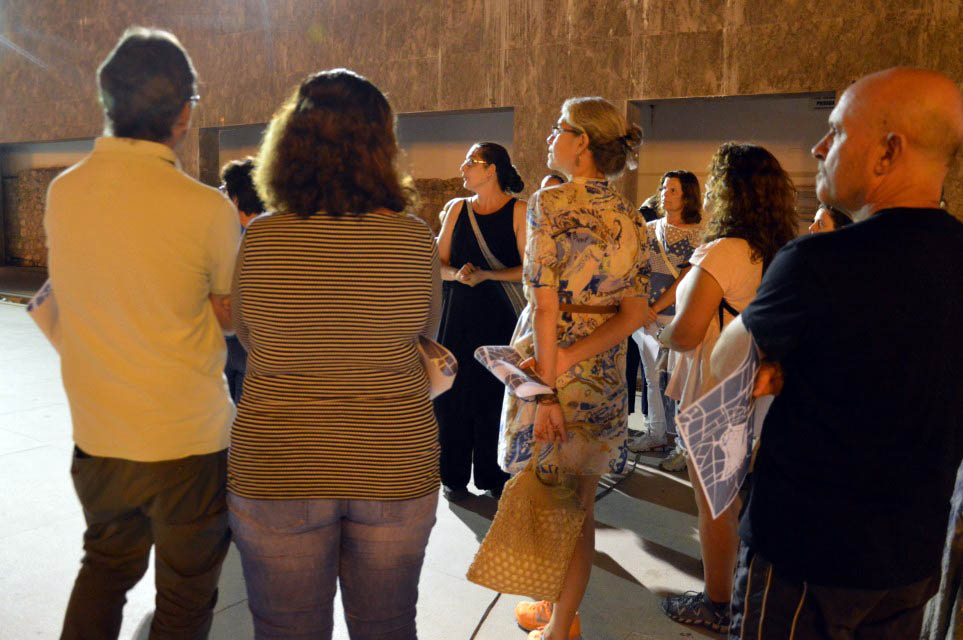
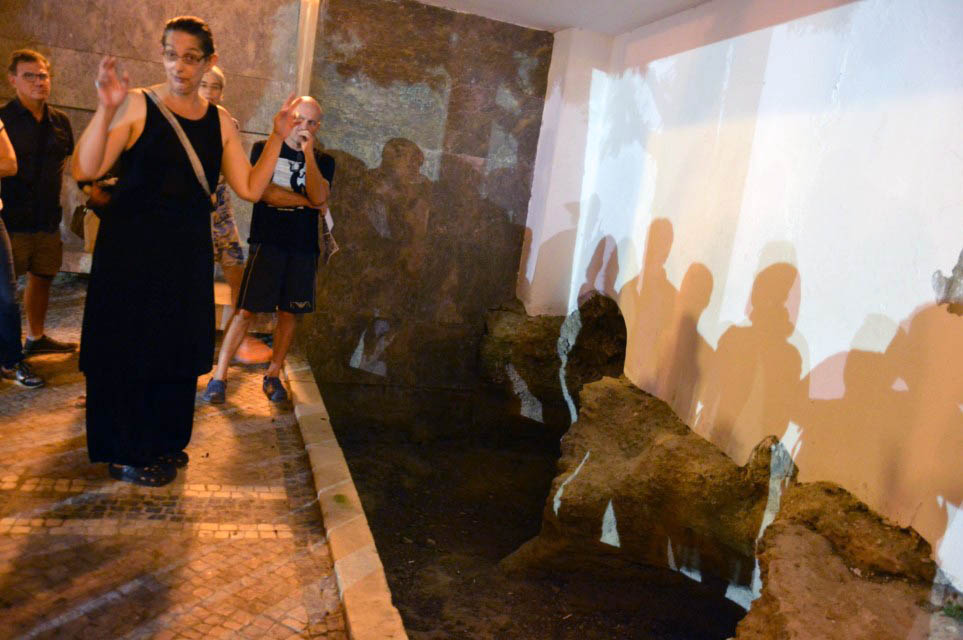
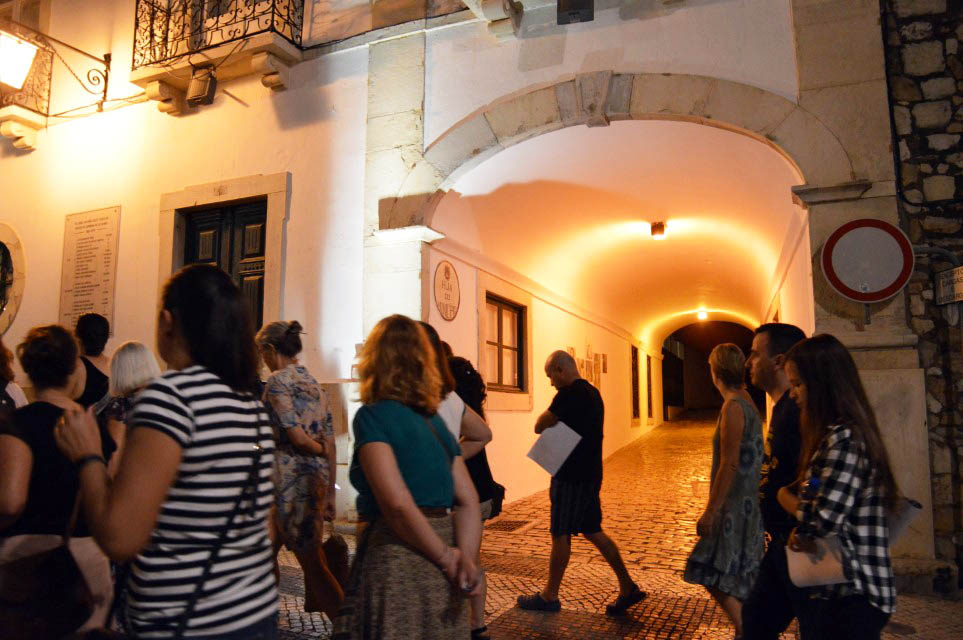
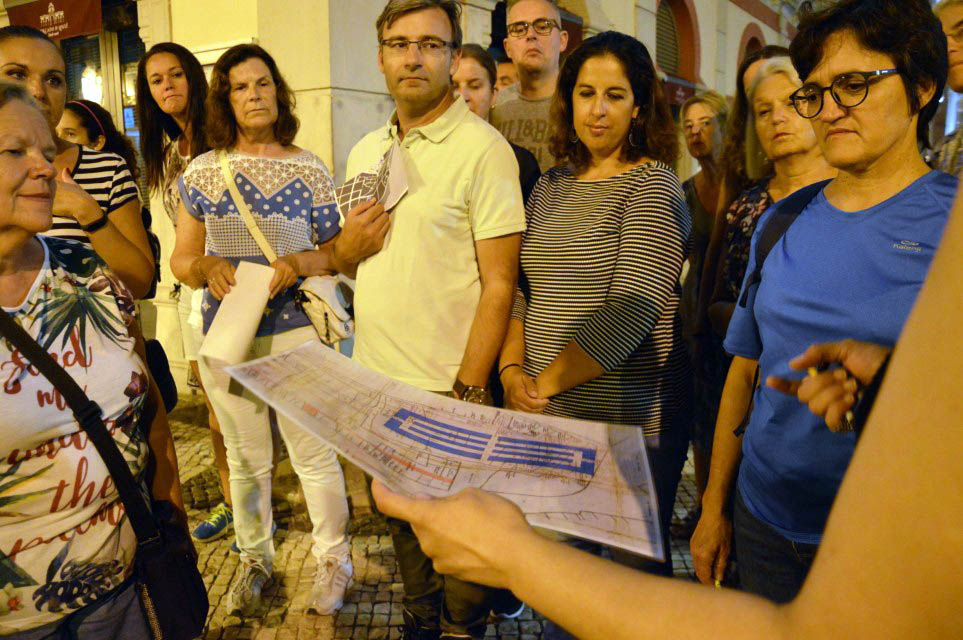
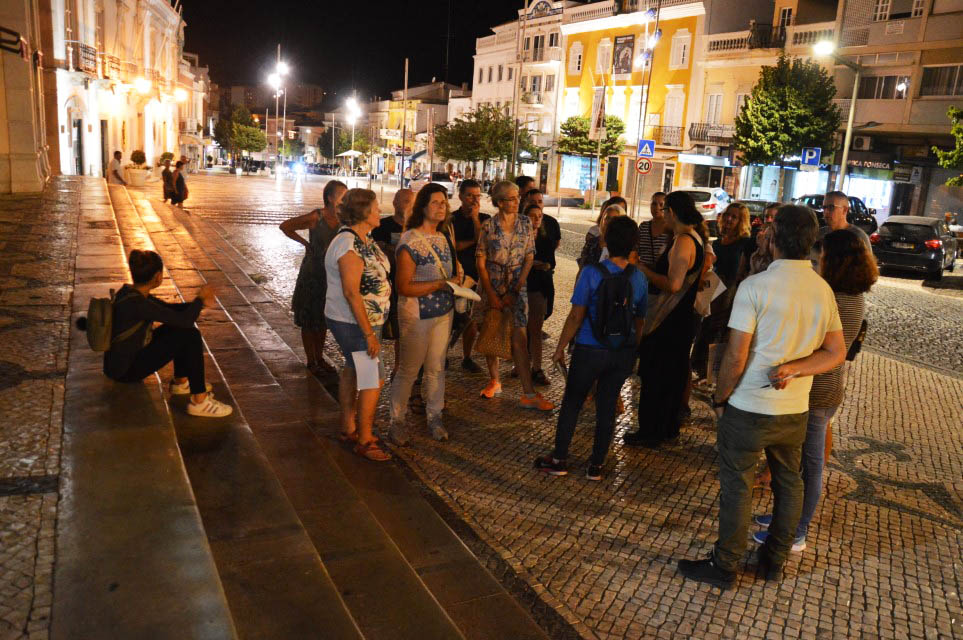
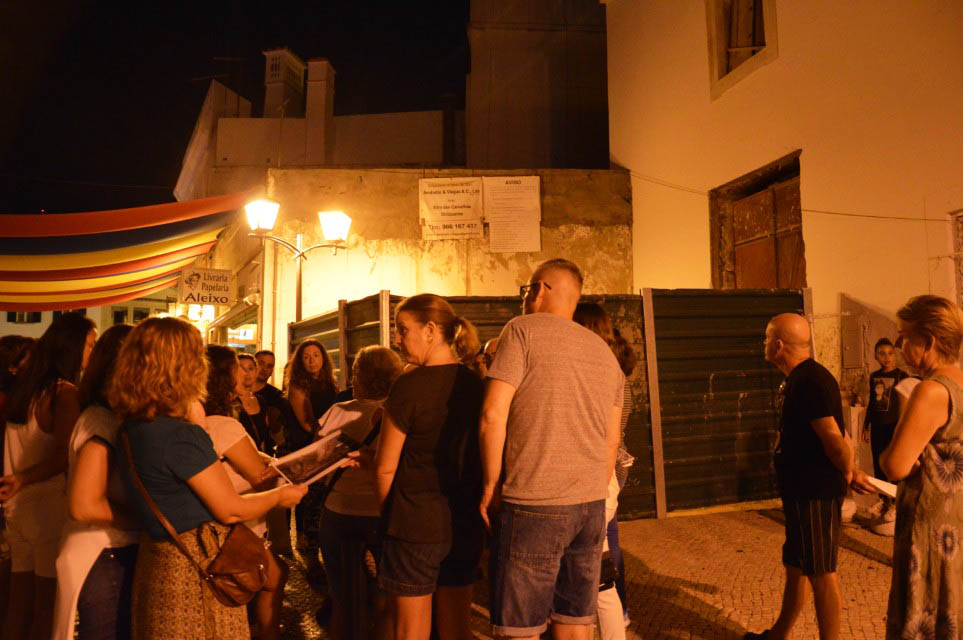
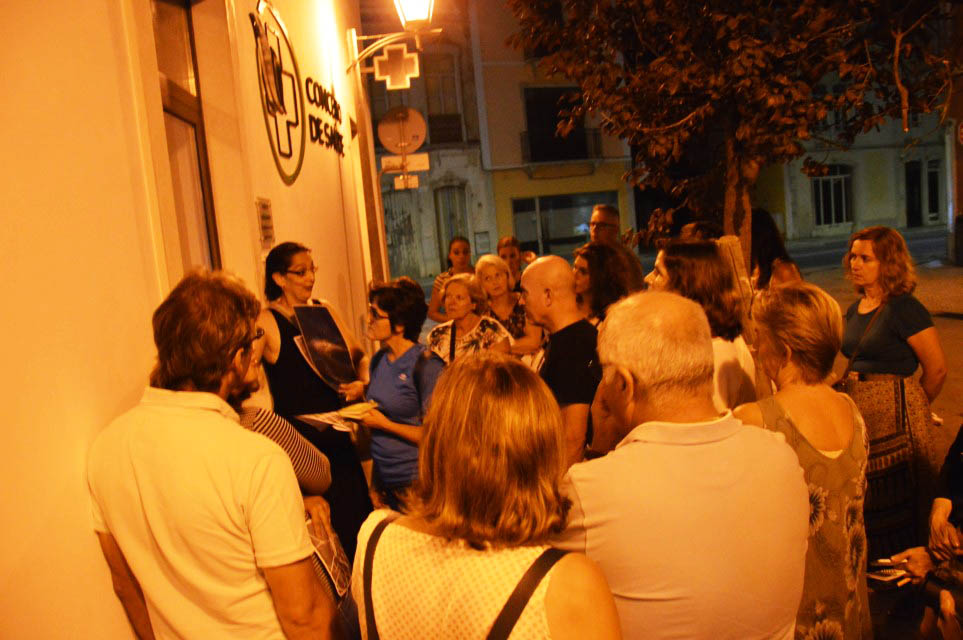
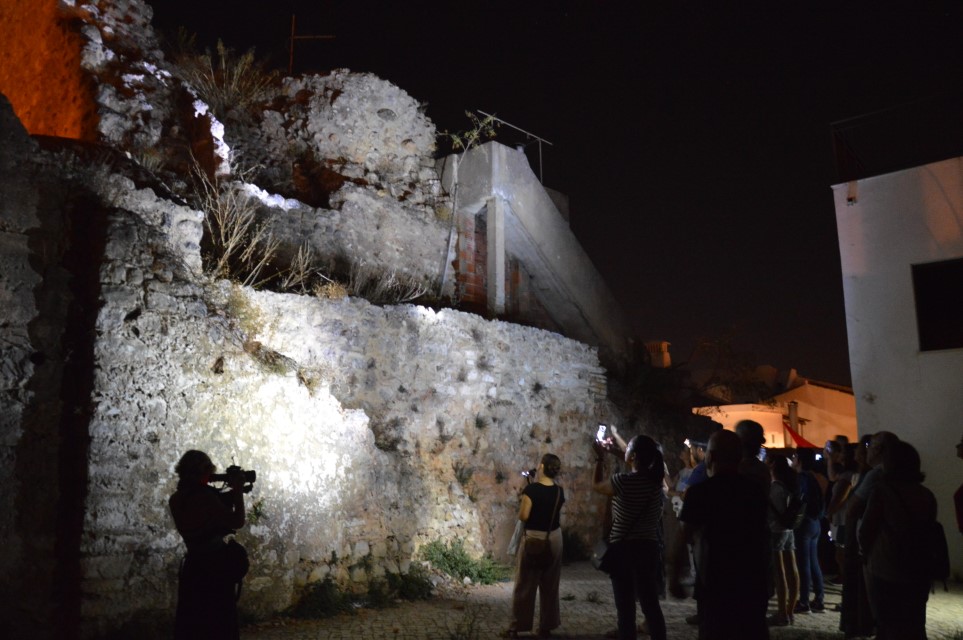
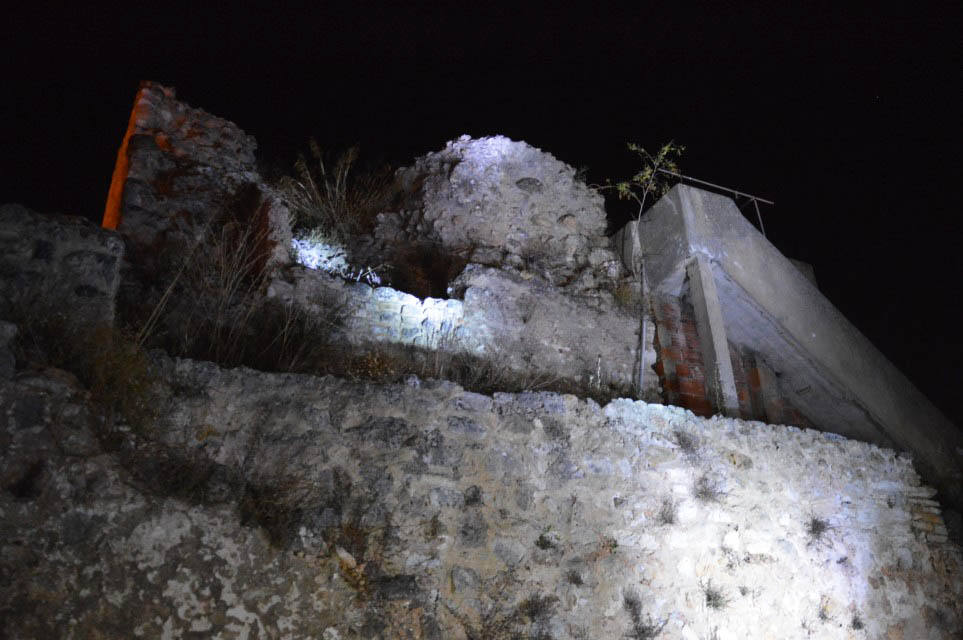
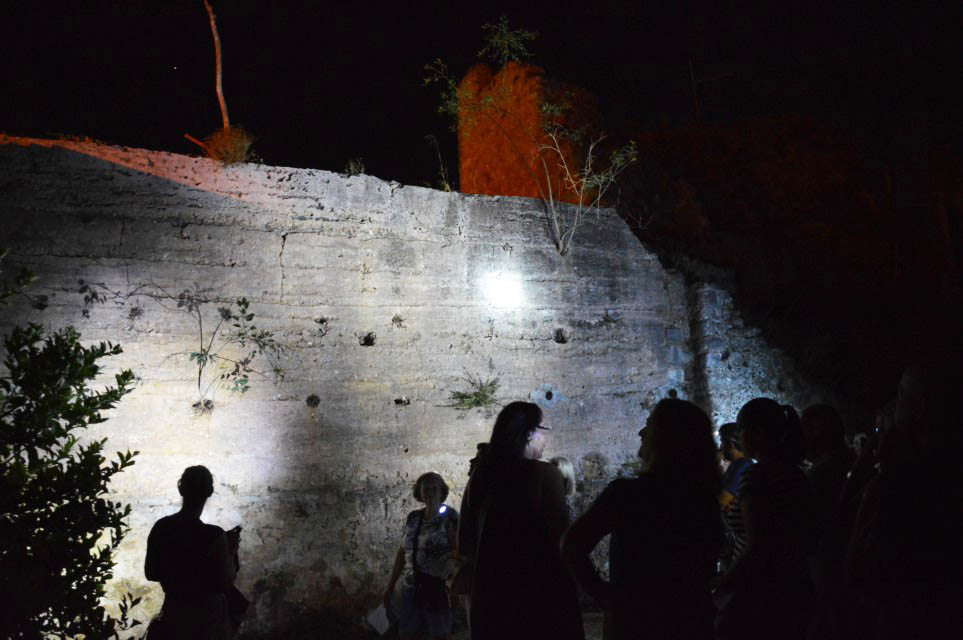
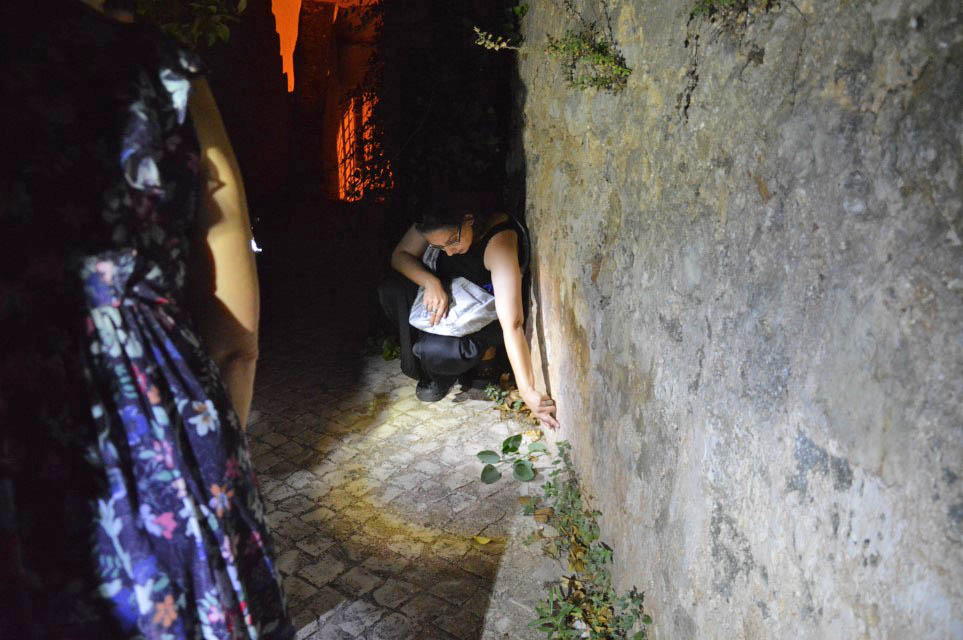
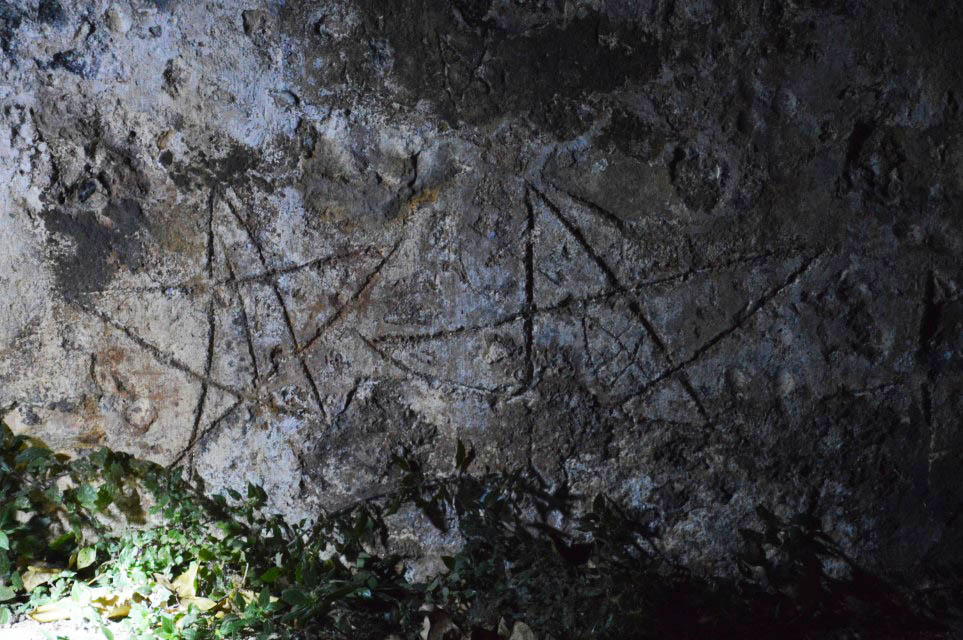
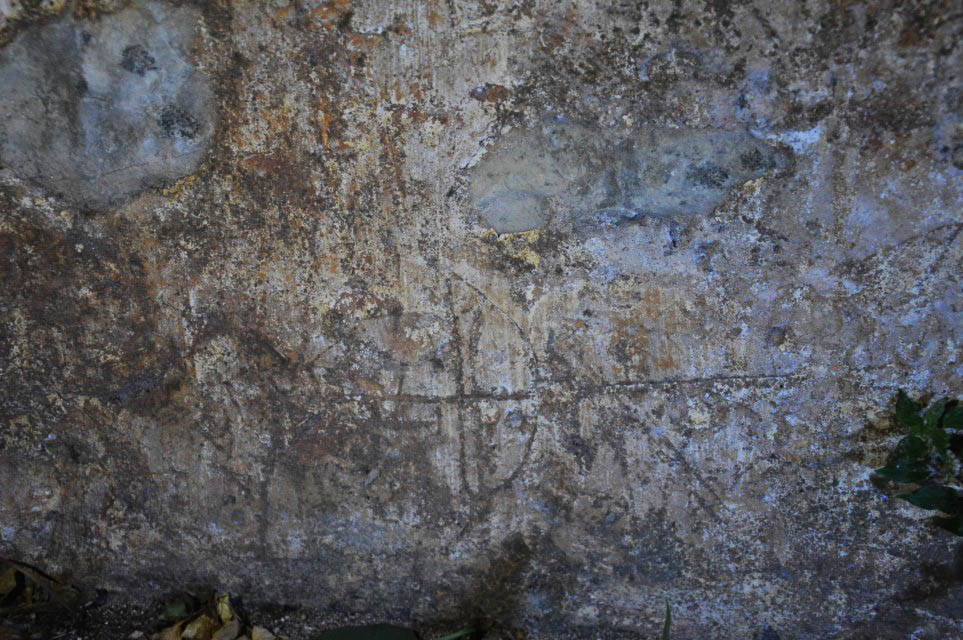
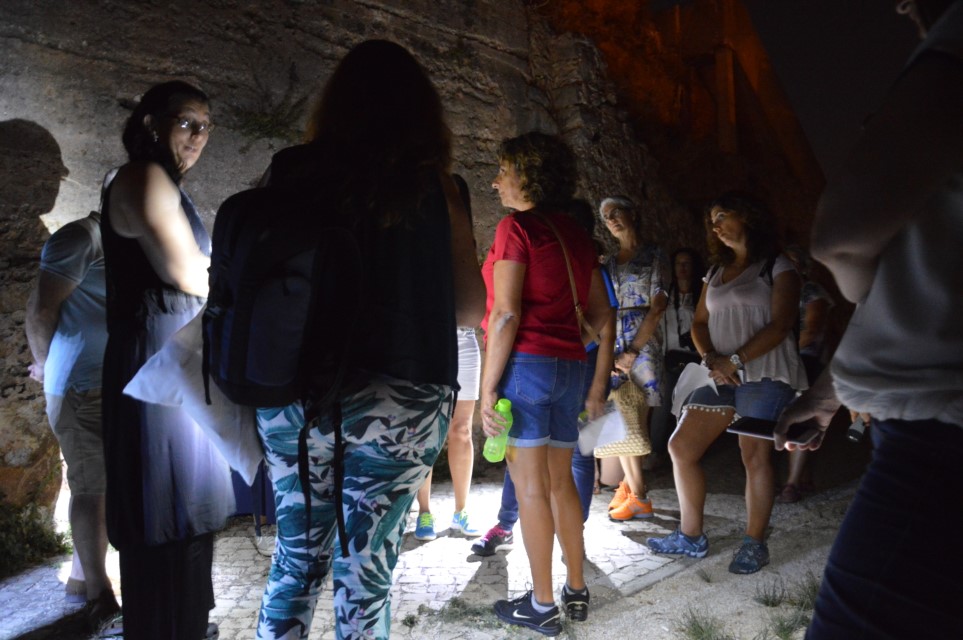
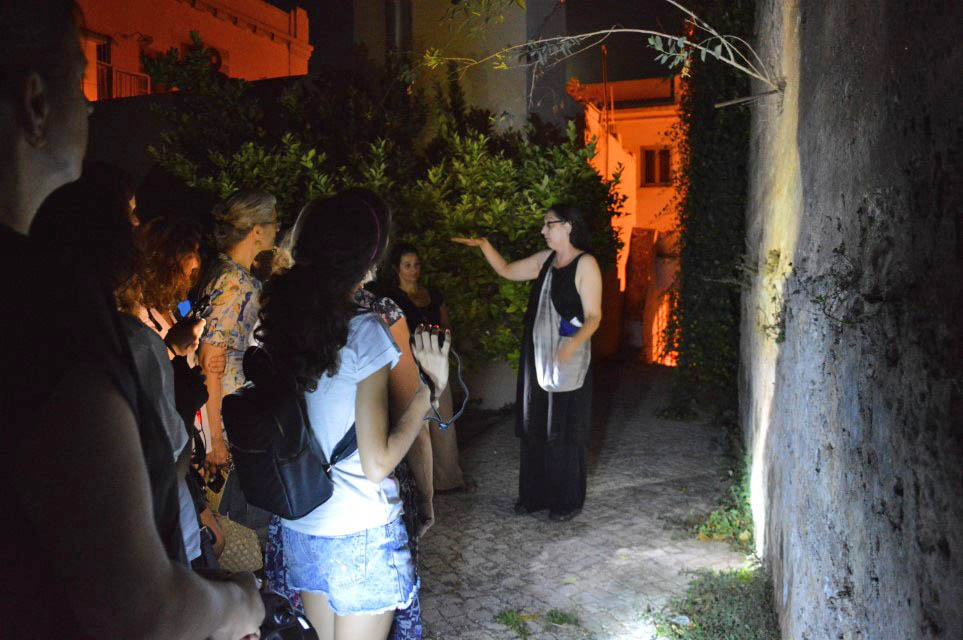
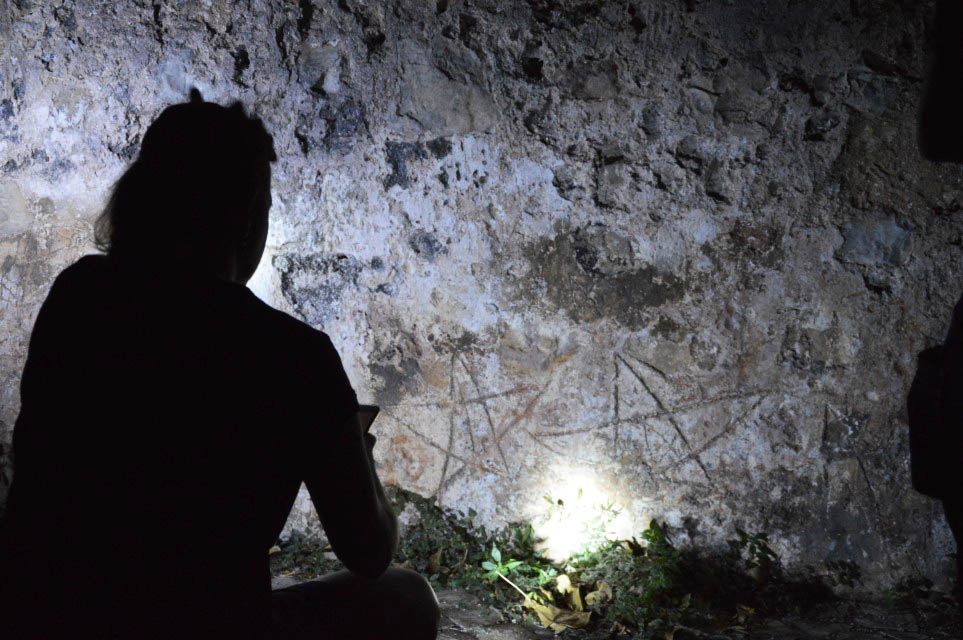
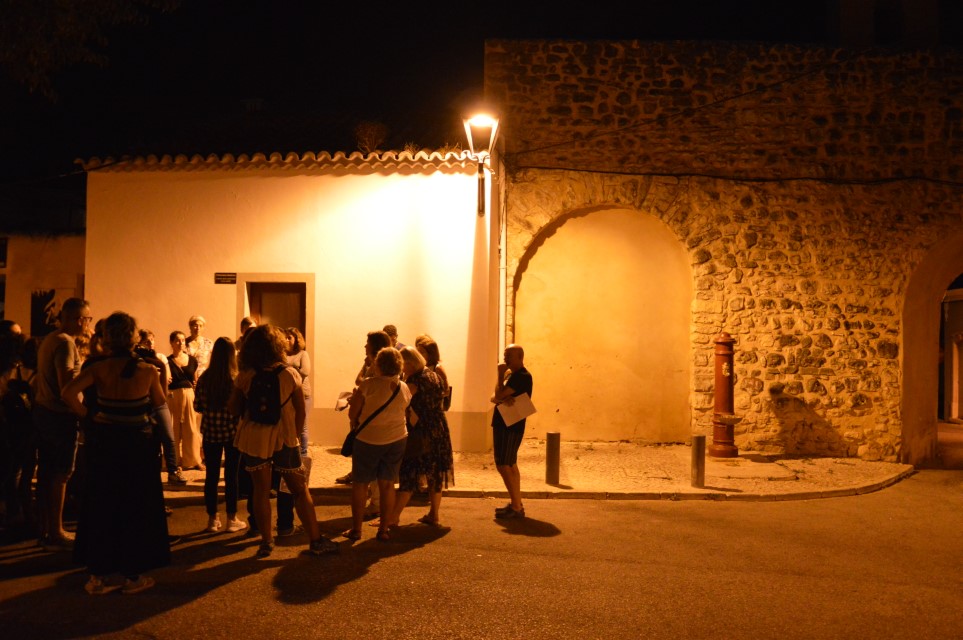
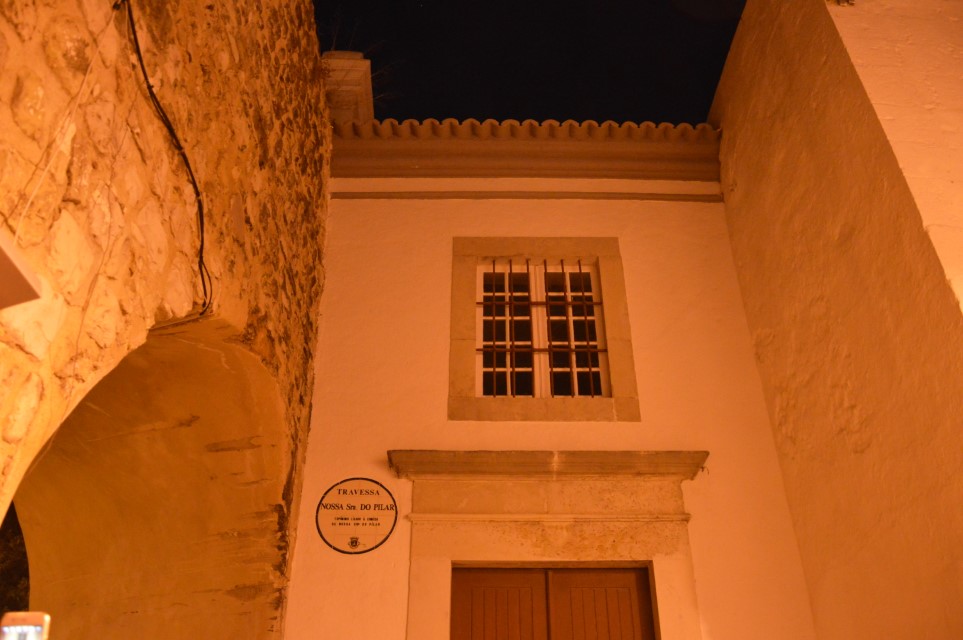
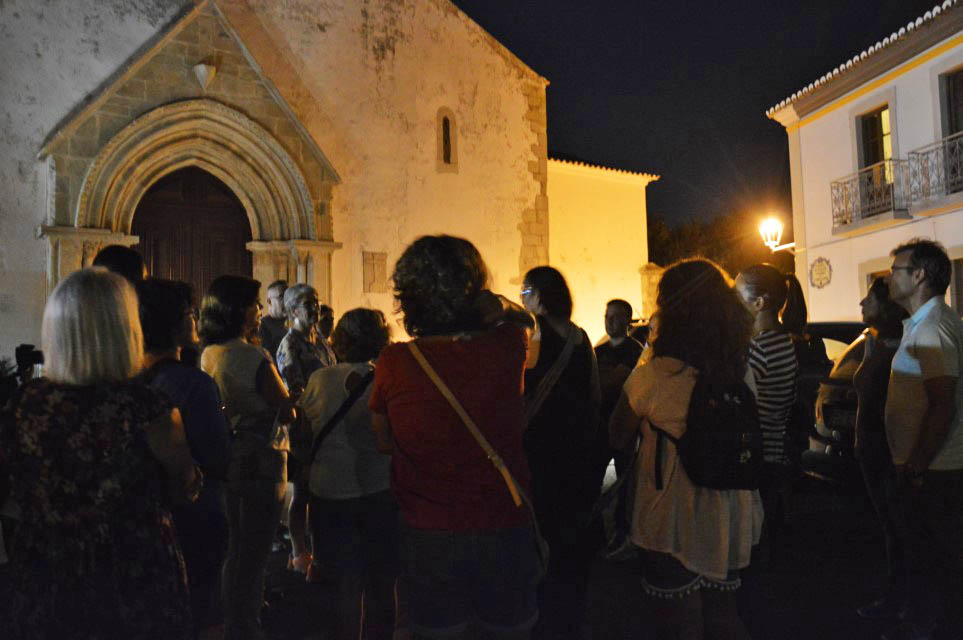
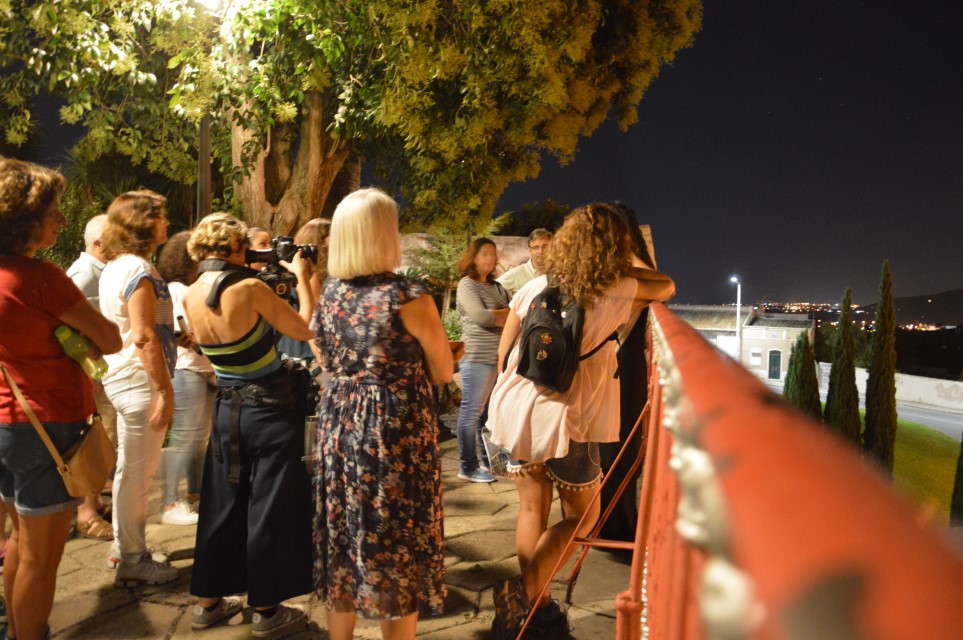
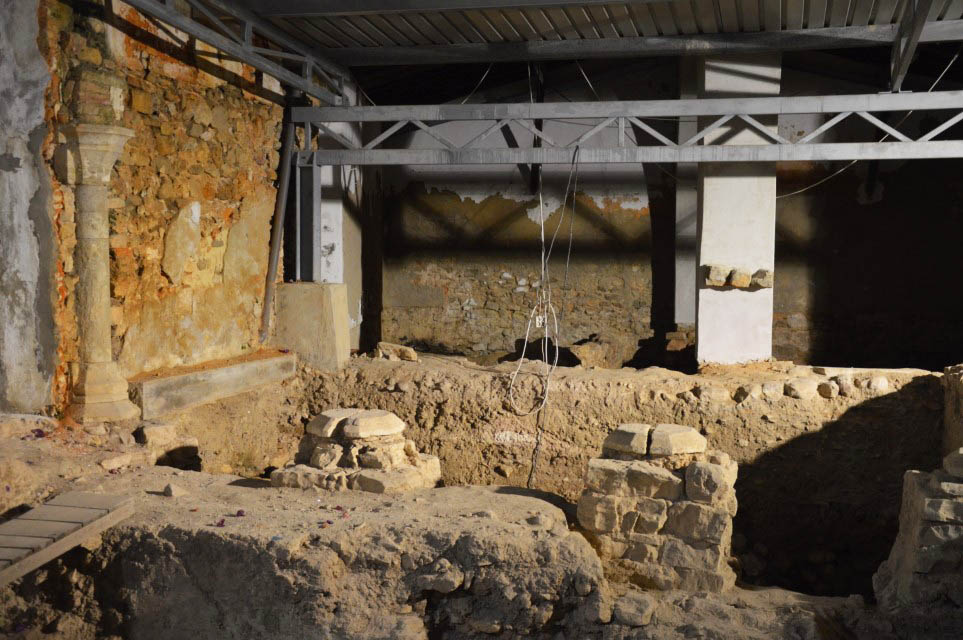
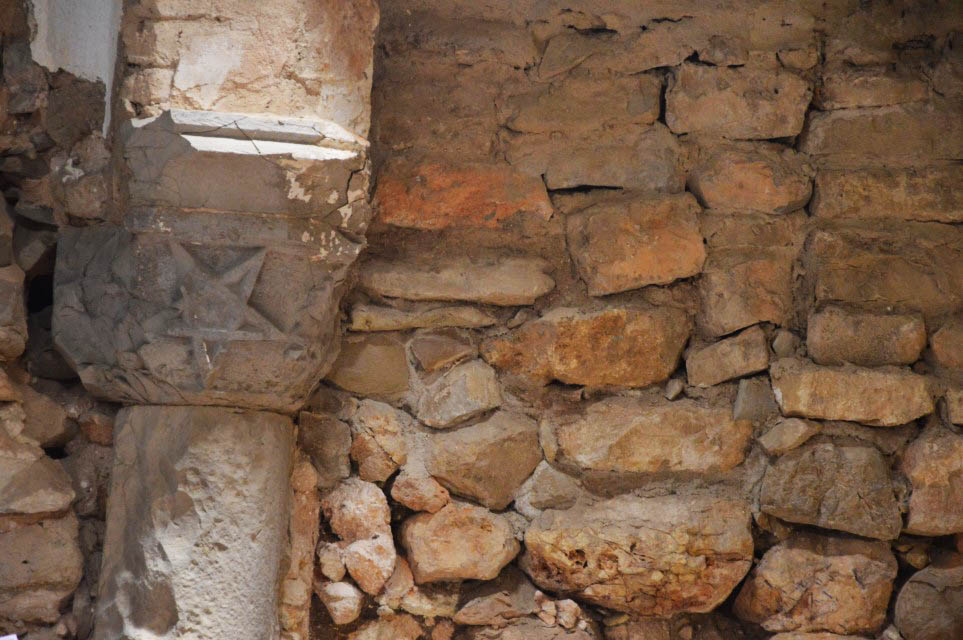
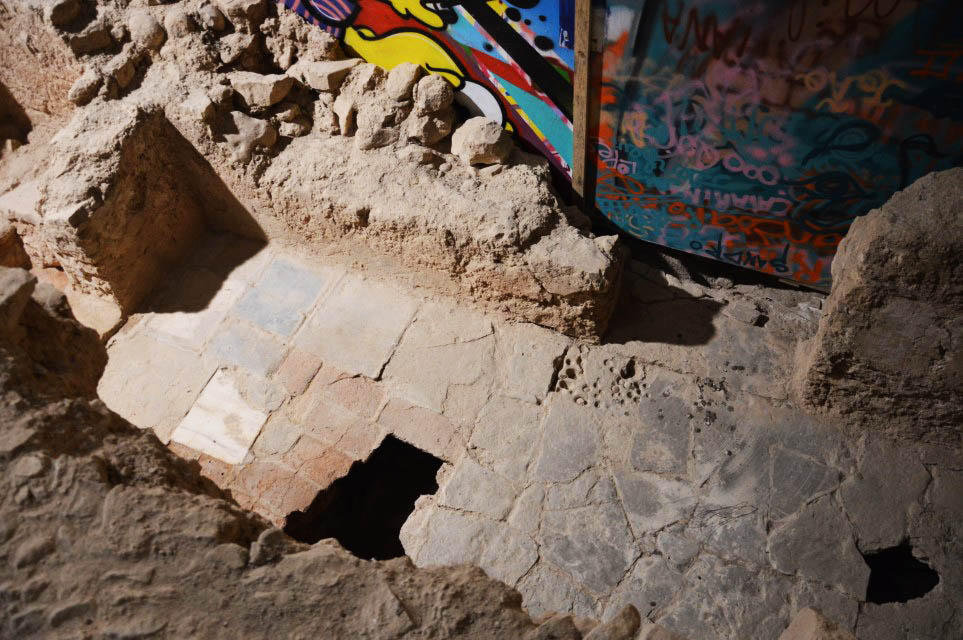
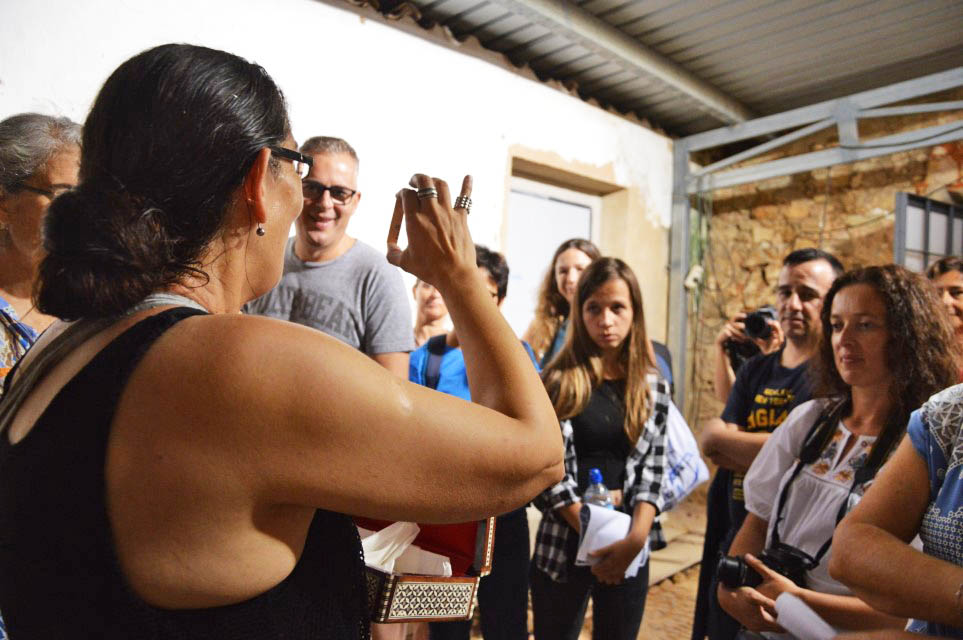
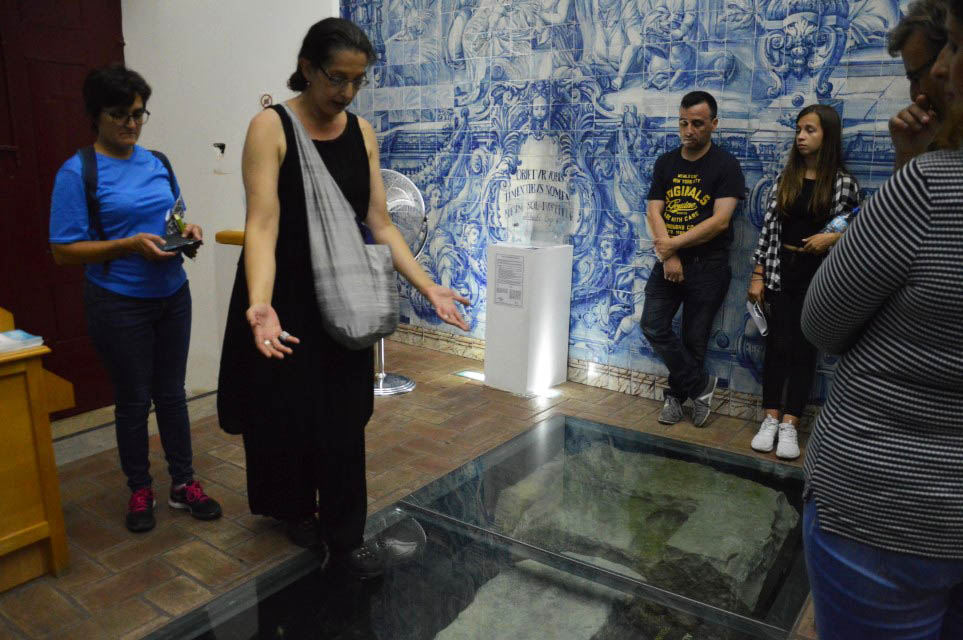
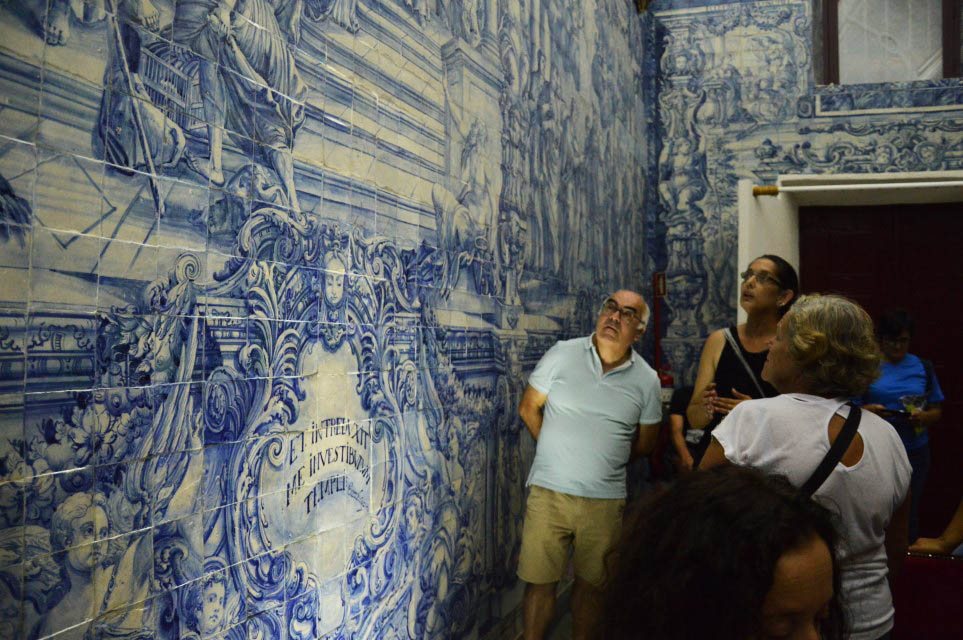
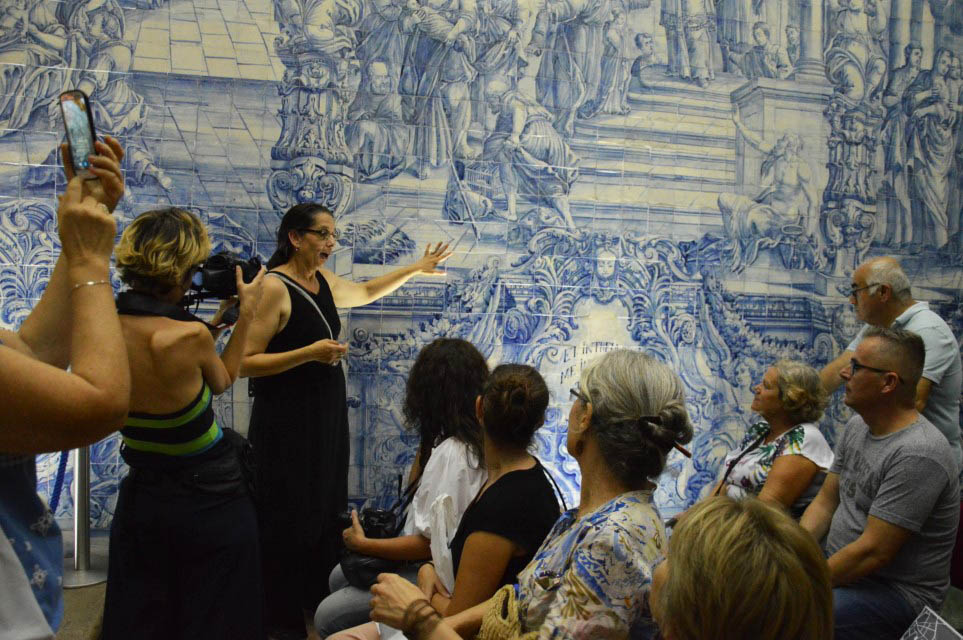
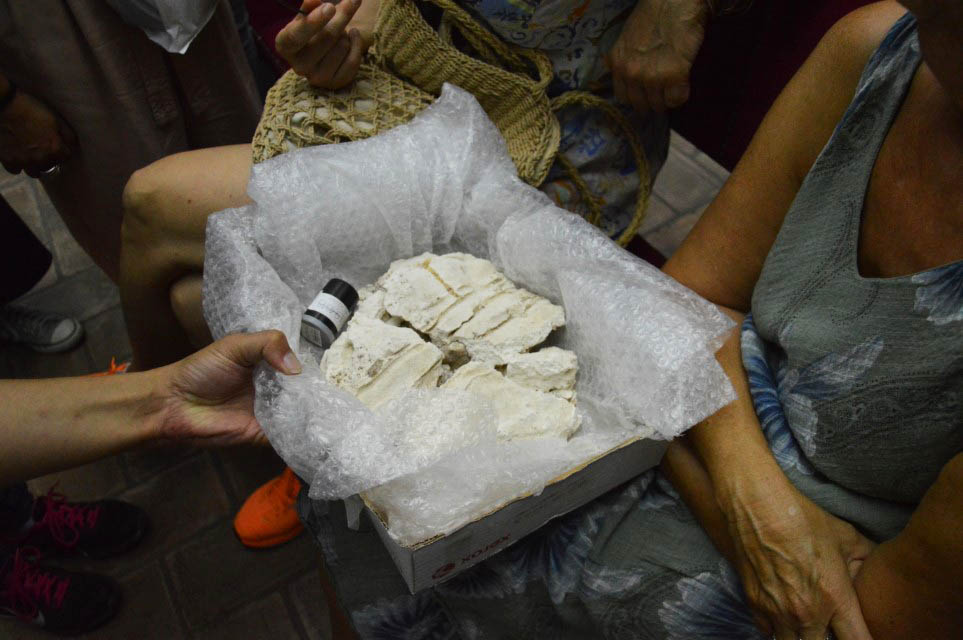
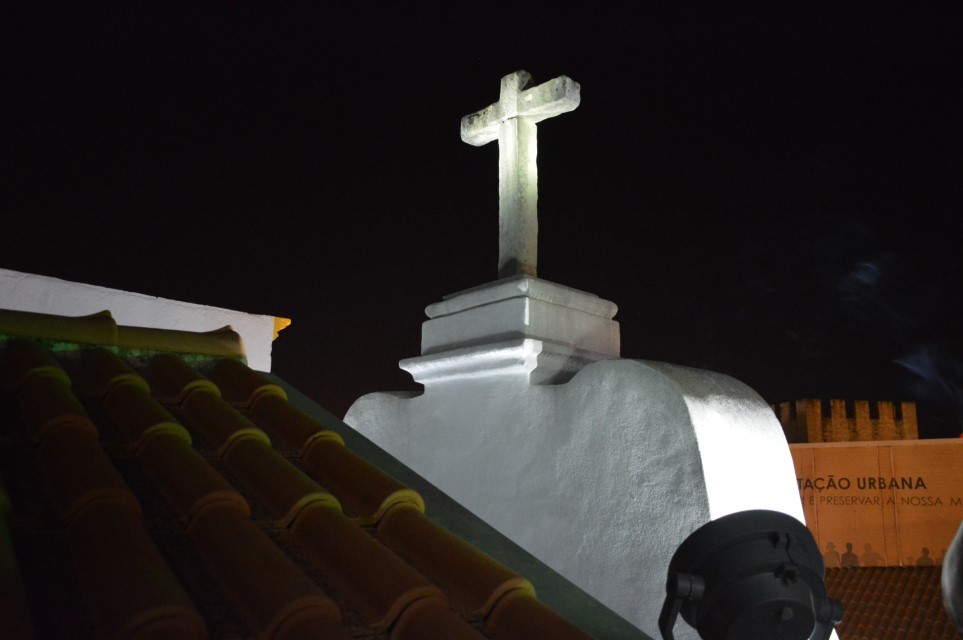
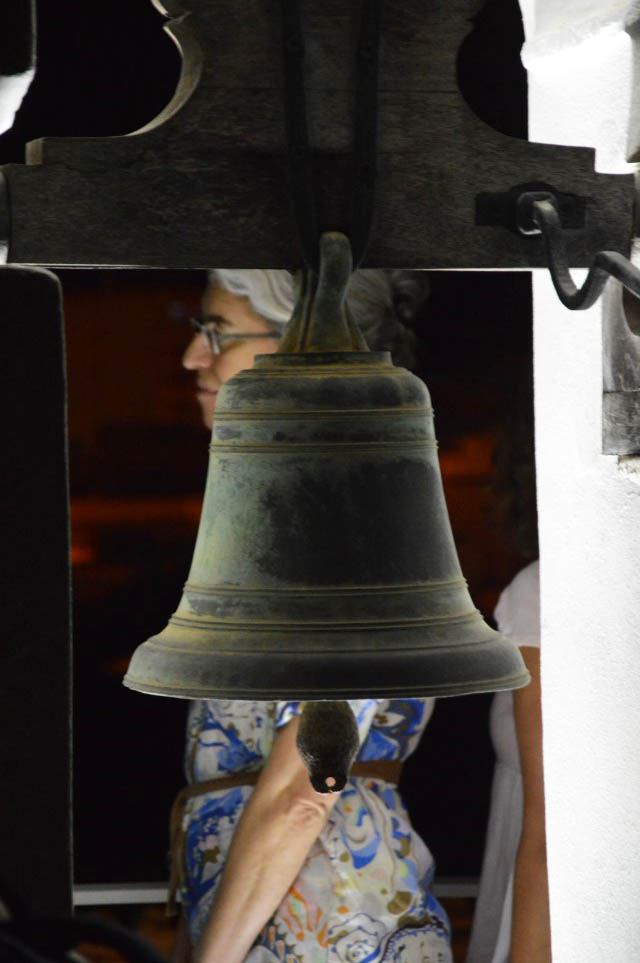
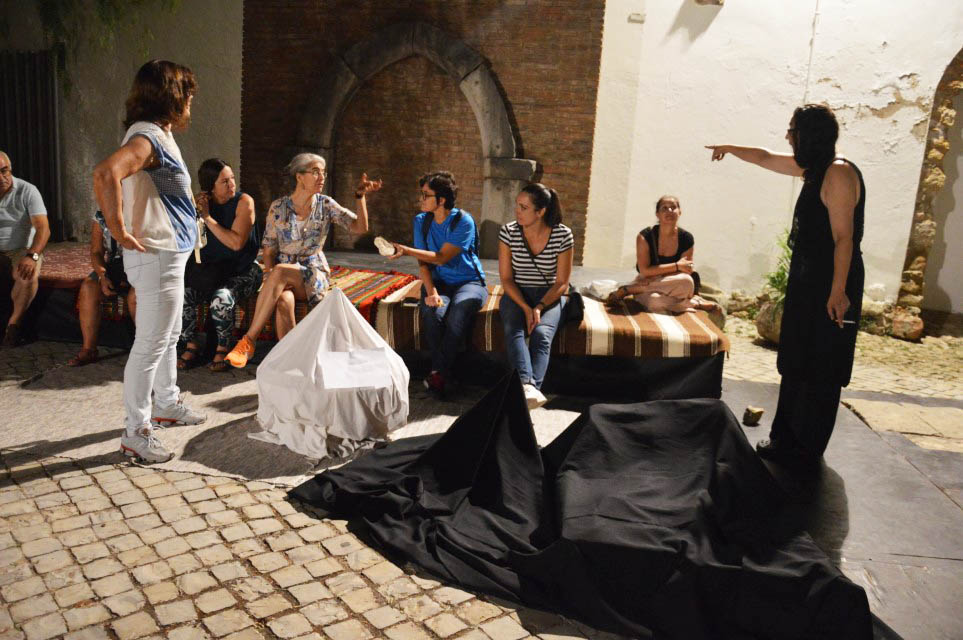
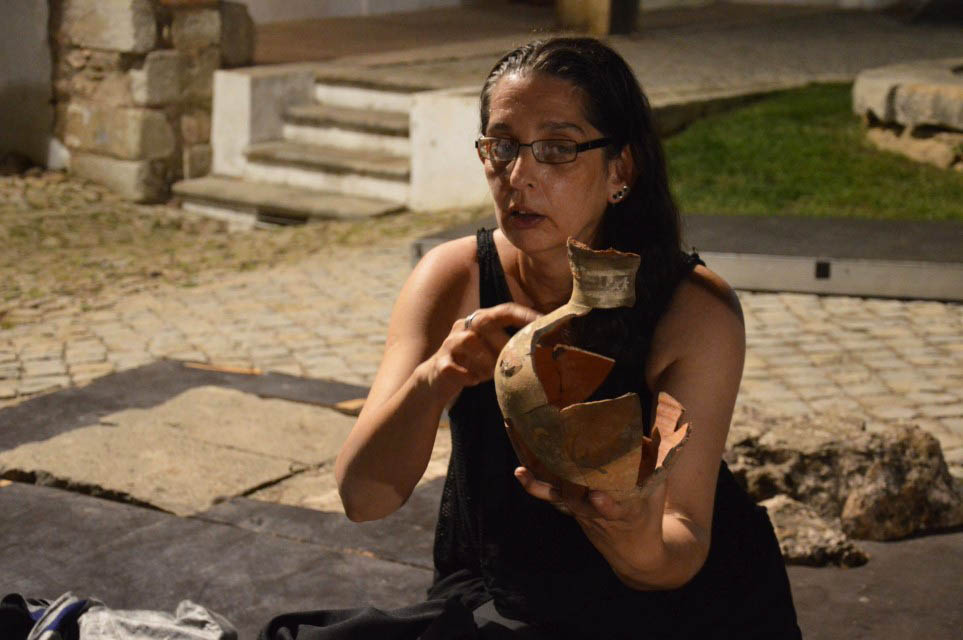
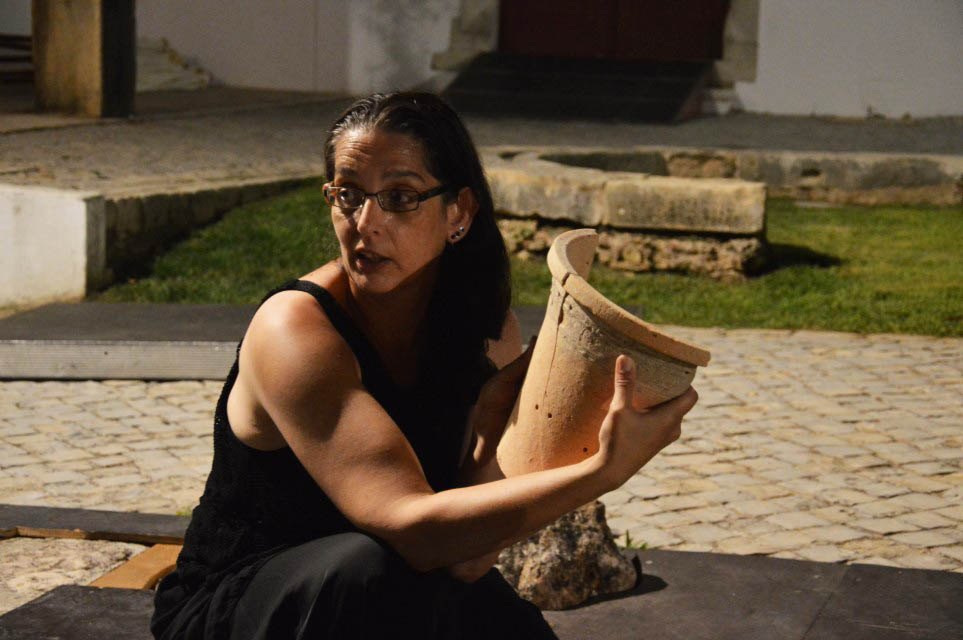
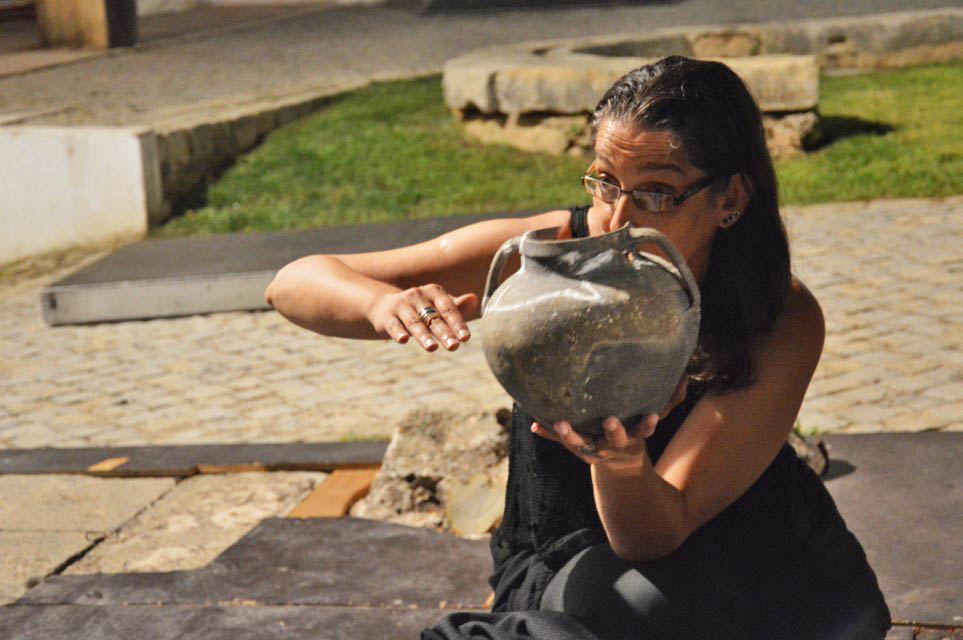
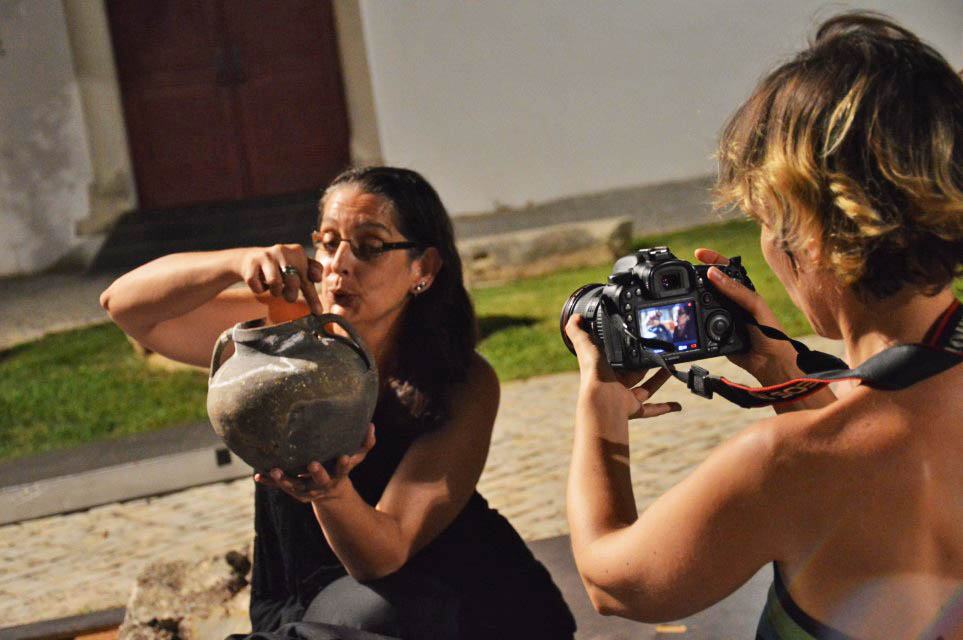
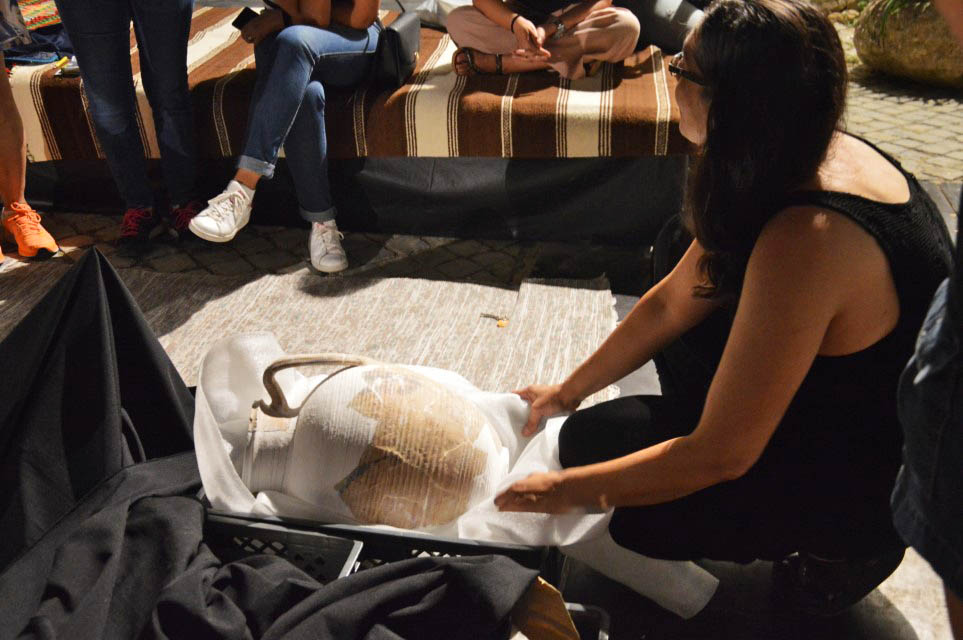
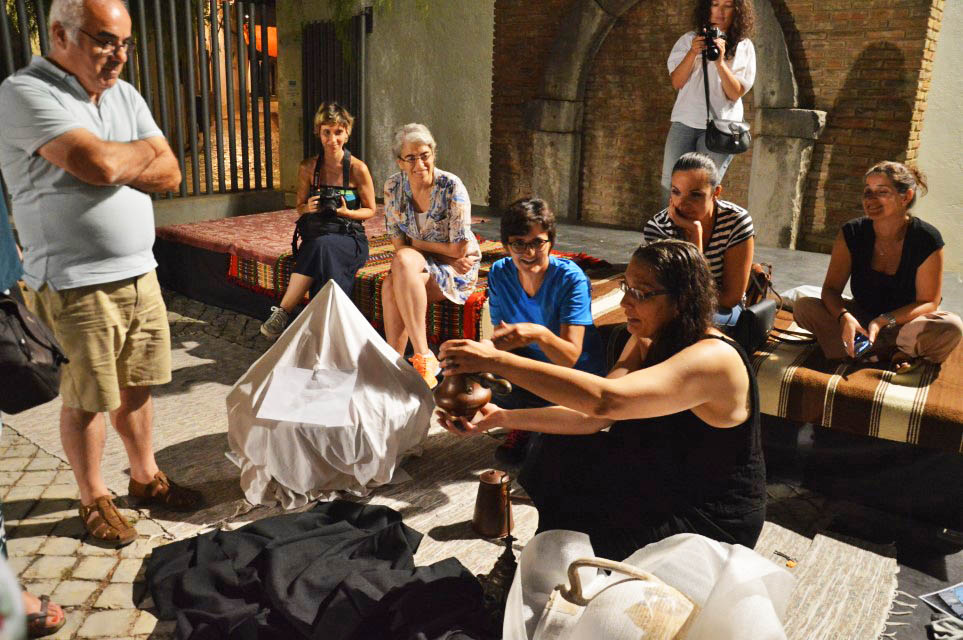
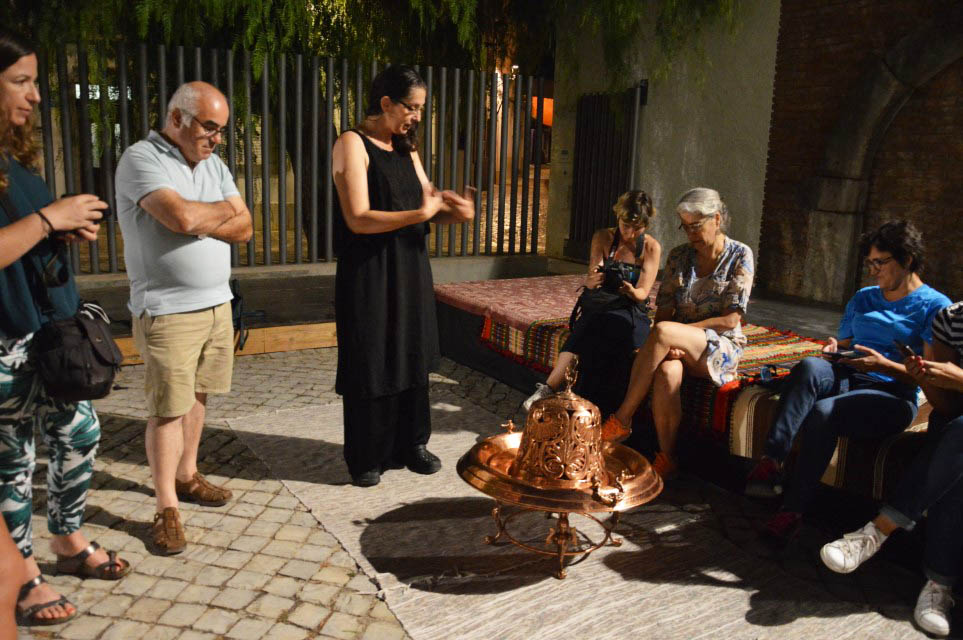
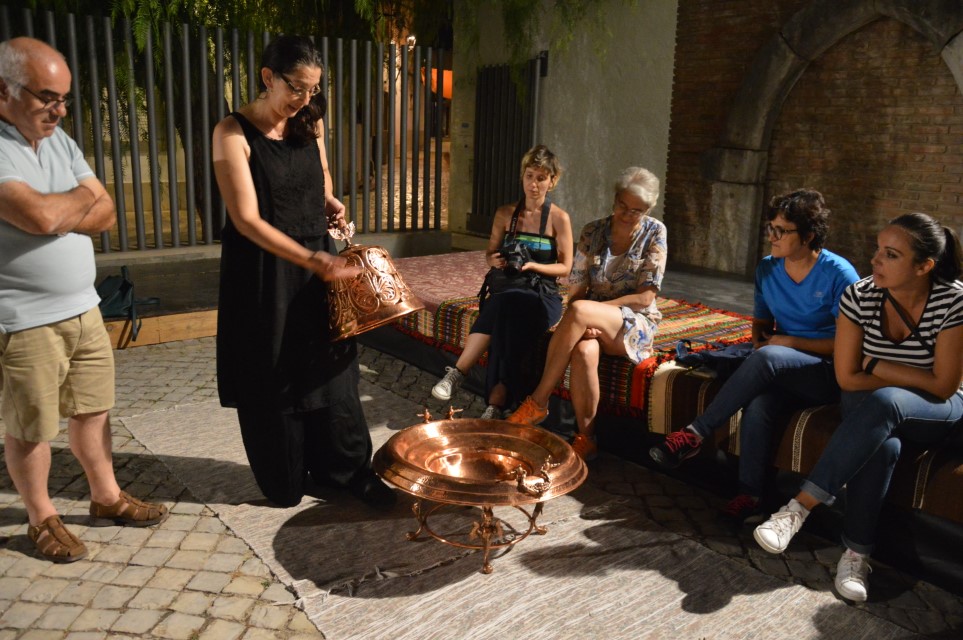


















Comments